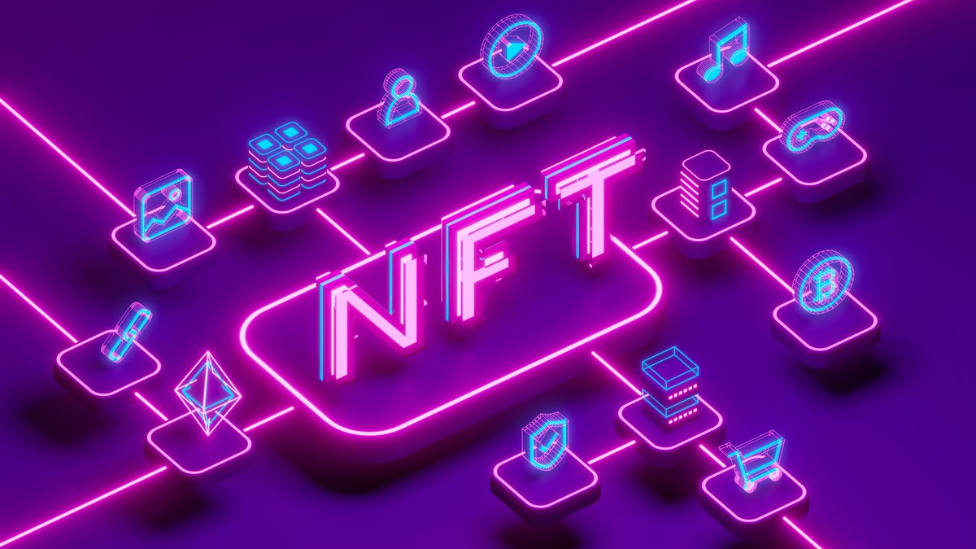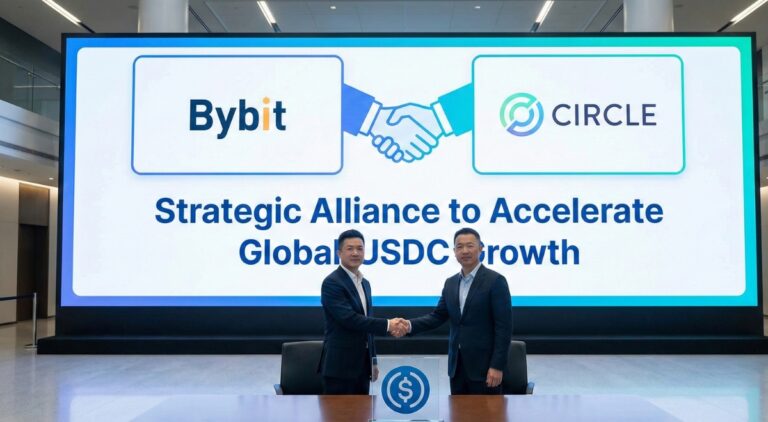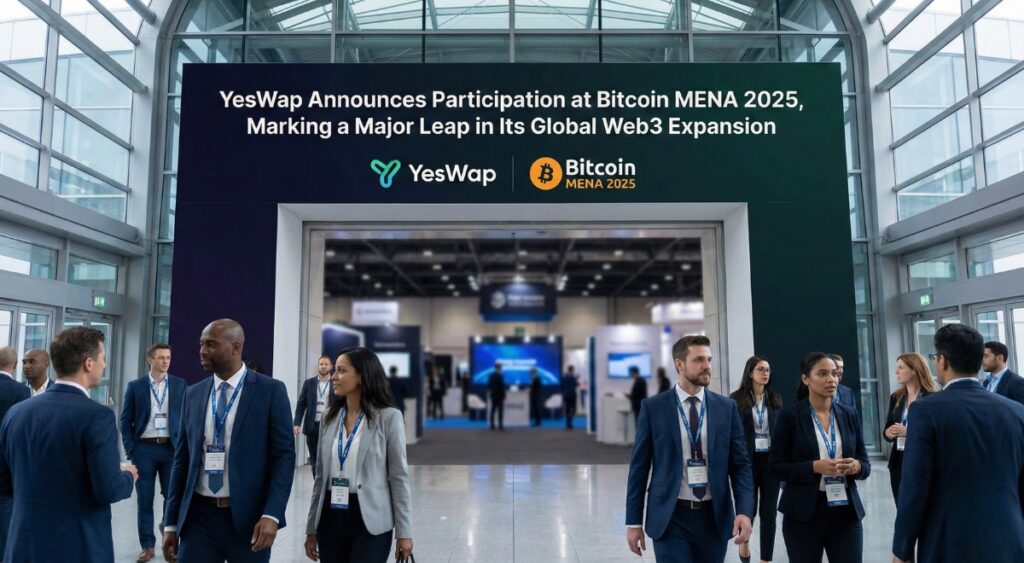Trading in non-fungible tokens (NFTs) has had a difficult few months. But it seems as though developers are optimistic about Web3.
While NFT trade volume plummeted 41% in the second quarter of 2023, 5.9 million smart contracts were implemented across Ethereum Virtual Machine (EVM)-compatible networks like Ethereum, Arbitrum, Optimism, and Polygon, according to developer platform Alchemy’s most recent Web 3 Development Report. This figure shows an increase of 1,107% from the second quarter of 2022 and an increase of 302% since Q1 of that year. Additionally, a 7% increase from the prior quarter resulted in the installation of 26.8 million Ethereum software developer kits (SDKs).
Analyzing NFT Trading And The Influx Of Web3 Developers
Even if not all newly installed Ethereum SDKs or smart contracts will be used to create NFTs, ongoing progress indicates a promising path for Web3’s expansion and steps toward widespread acceptance. Also, Ethereum’s price has climbed by 12% since last year despite the bear market.
Whale NFT trading volumes peaked in Q2 2022, according to Blake Tandowsky, a growth analyst at Alchemy, and fewer people are now joining the market. Nevertheless, the growing use cases for NFTs, including gaming, have kept blockchain developers motivated to create new applications.
In Q2 2022, according to Tandowsky, there was a substantial influx of new users. The surge of new users joining the NFT space was unable to sustain the same rate of growth as time went on, though. As a result, the present data show a lower count than usual. Tandowsky also emphasized the need for more varied use cases for specific NFTs, raising the prospect of NFT applications that may diverge significantly from their initial JPEG forms in the future.
In addition, the research noted numerous noteworthy Web3 use cases from the previous quarter, including the launch of the Our Force 1 collection by shoe retailer Nike, the expansion of the decentralized social media platform Lens Protocol, and Google Play’s support for games with embedded NFTs.
Tandowsky drew attention to the fact that many developers actively work to develop on Google’s platform. Within the worlds of gaming, NFTs, and the larger blockchain ecosystem, there has been a lot of excitement recently about the opportunity for these developers to construct specialized integrations with decentralized applications (dApps). Tandowsky emphasized that this advancement reduces the barriers and challenges involved in the deployment of dApps, hence extending the potential markets for the release of such applications.
NFTs have seen extreme ups and downs in terms of trade volume since the start of 2023, despite efforts to make Web3 more widely used. NFT trading volume peaked in March at $2 billion, the highest level since the Terra death spiral, which some believe was the starting point for the bear market. However, NFT trading activity was on course to reach its lowest level since January at $1 billion or less by mid-May. Popular NFT collections like Azuki and Bored Ape Yacht Club have significantly declined in value since their bull market highs.
Conclusion
The waning trading volume of NFTs presents a moment of introspection for the digital asset market, highlighting the need for sustainable growth and value creation beyond speculative trading. Meanwhile, Web3’s ongoing attraction to developers highlights its revolutionary potential in transforming industries and user experiences.
















